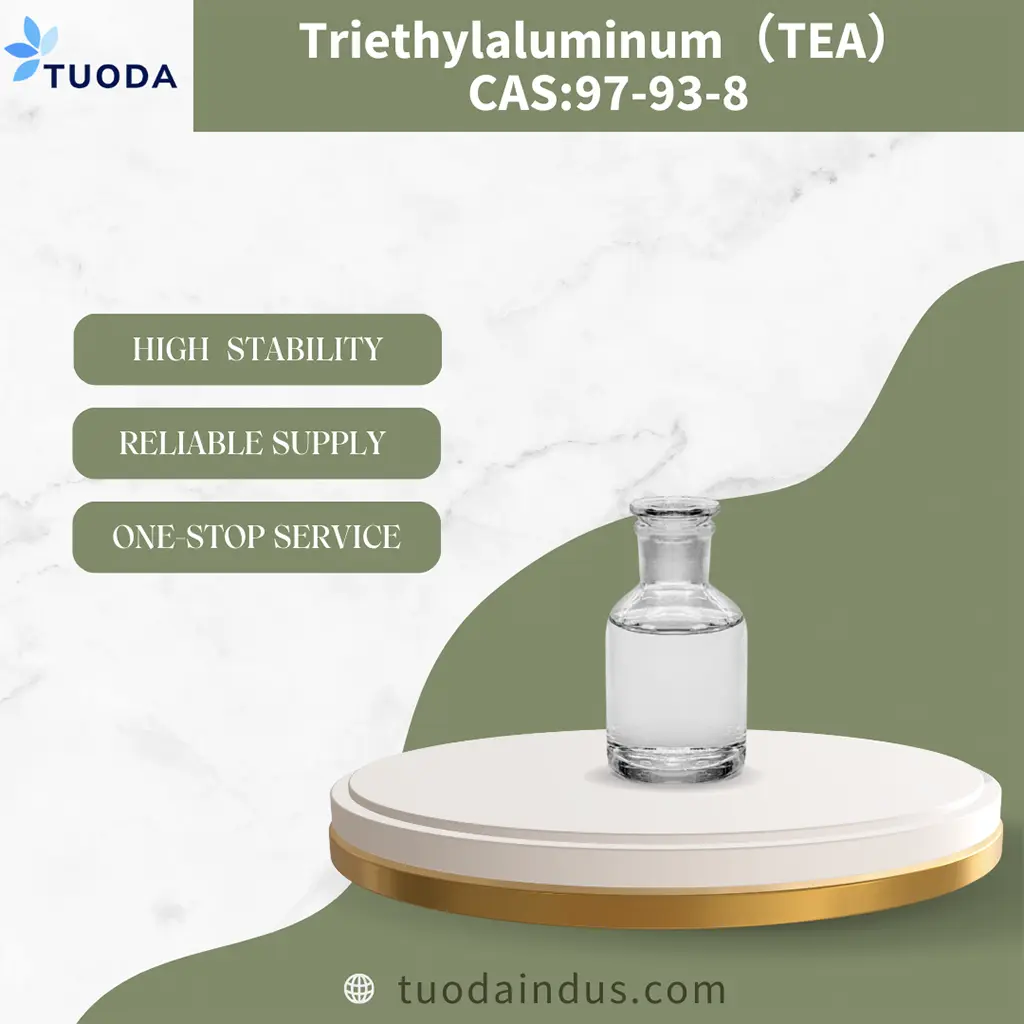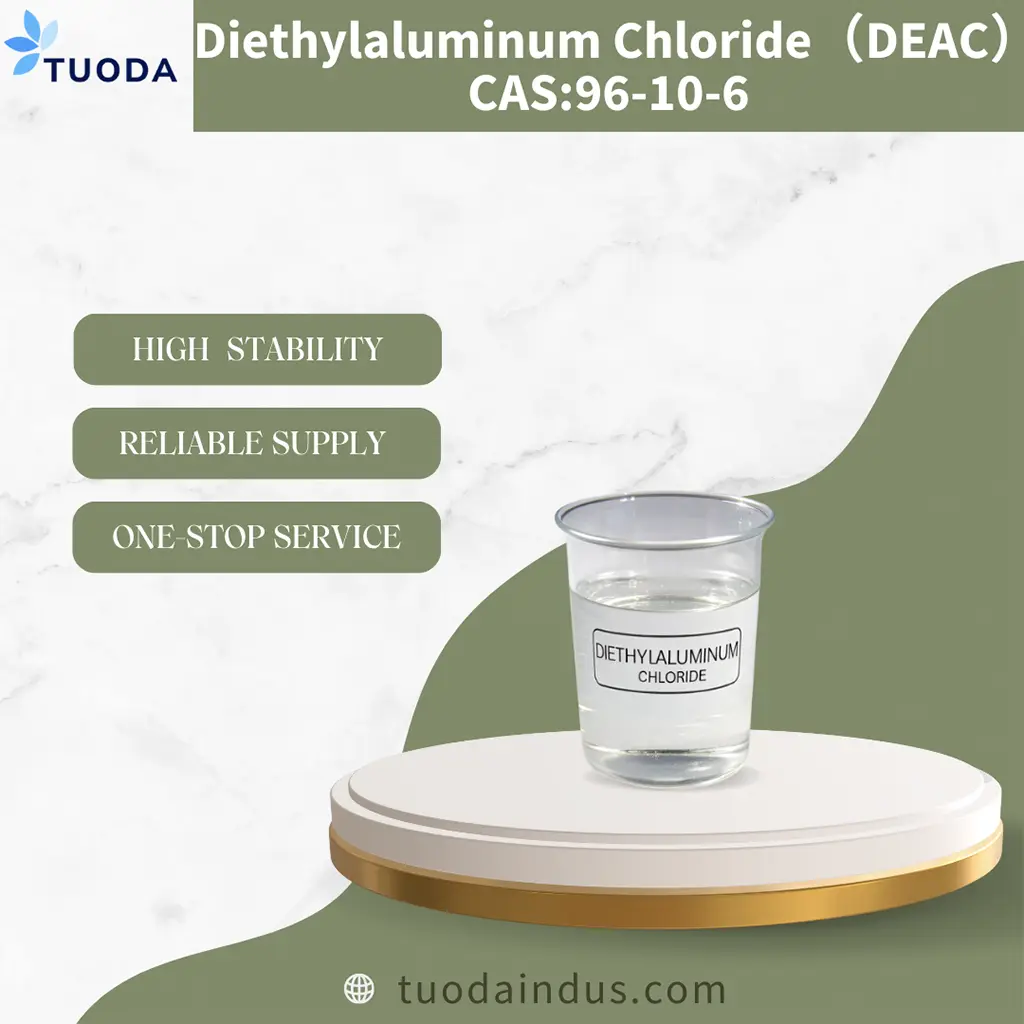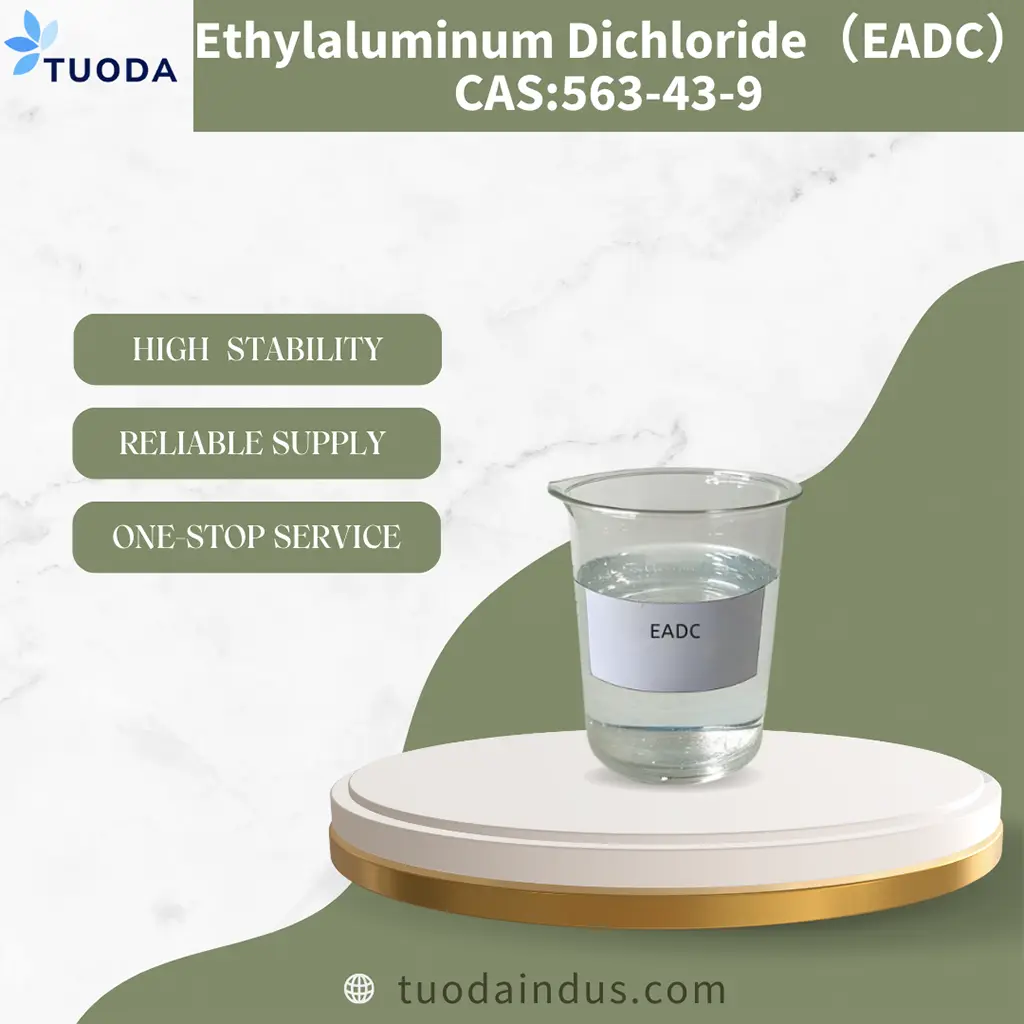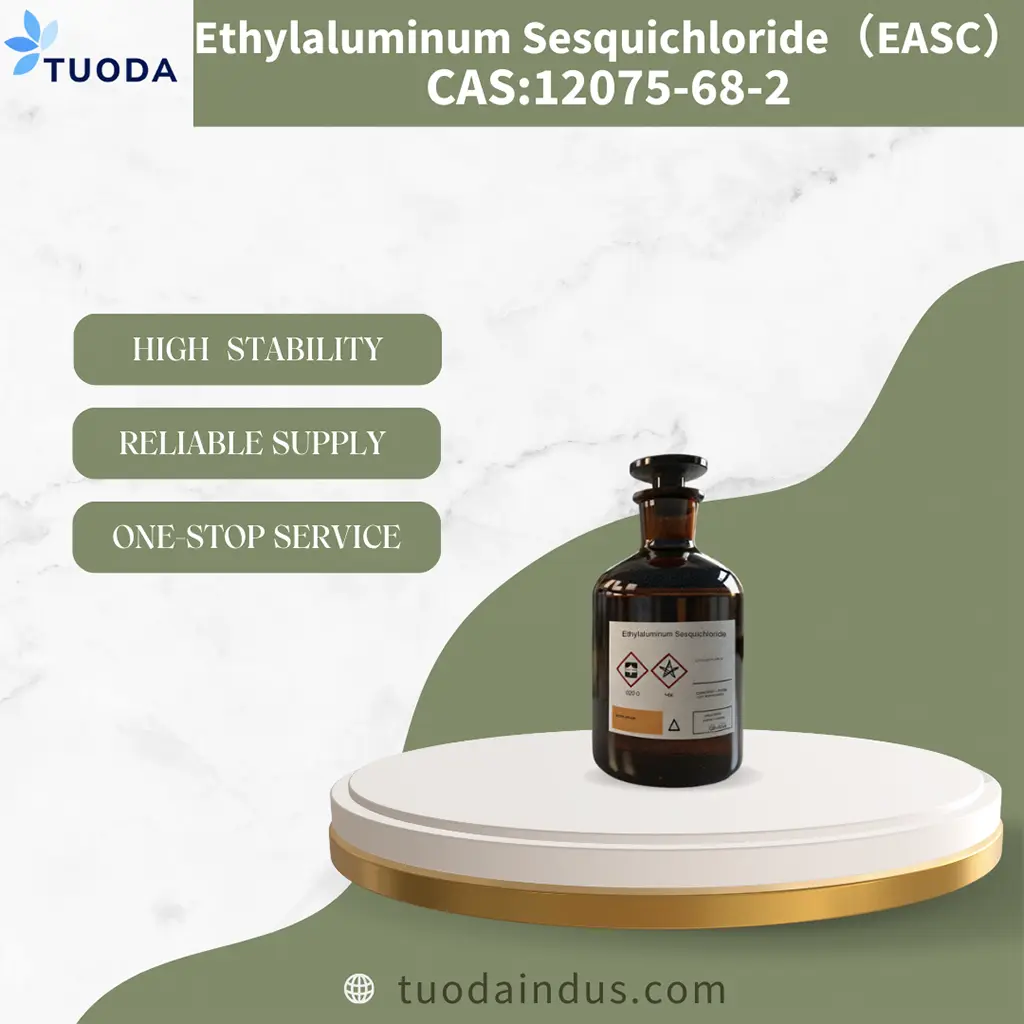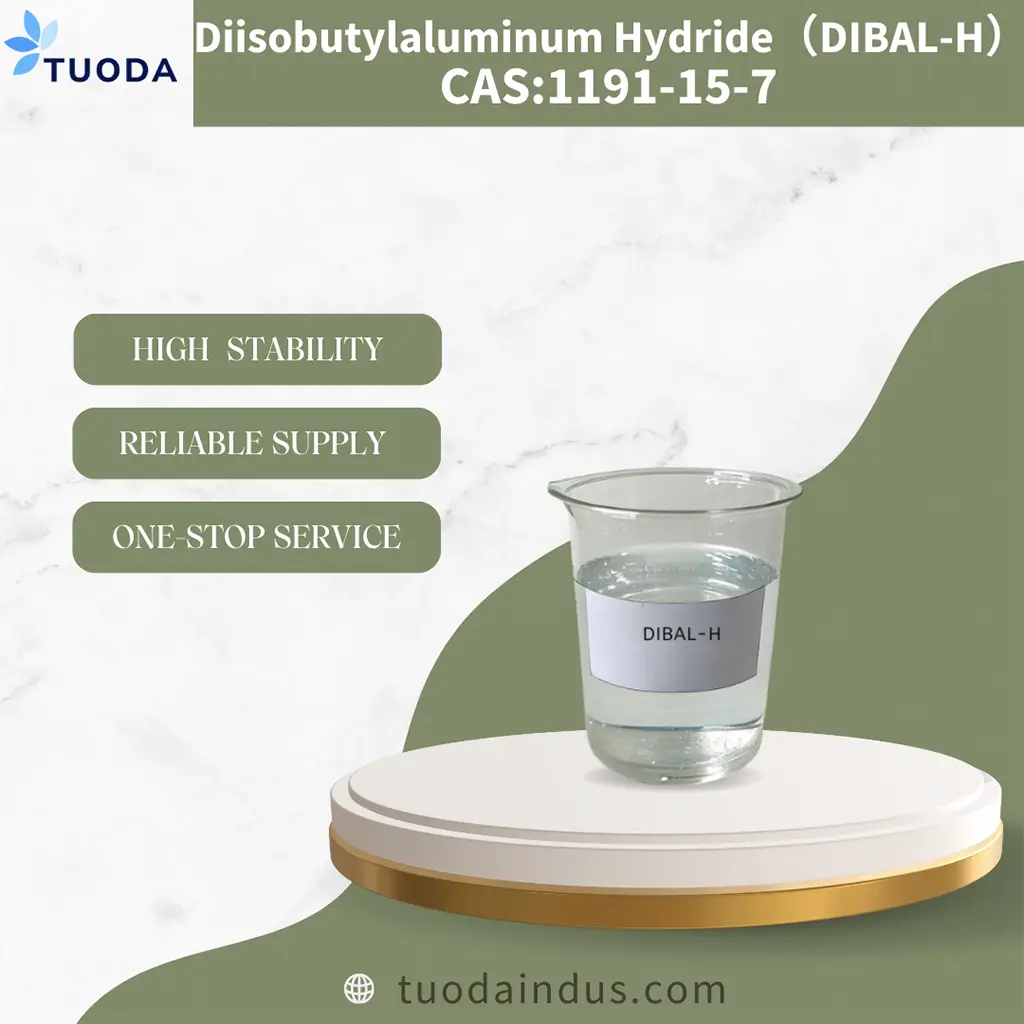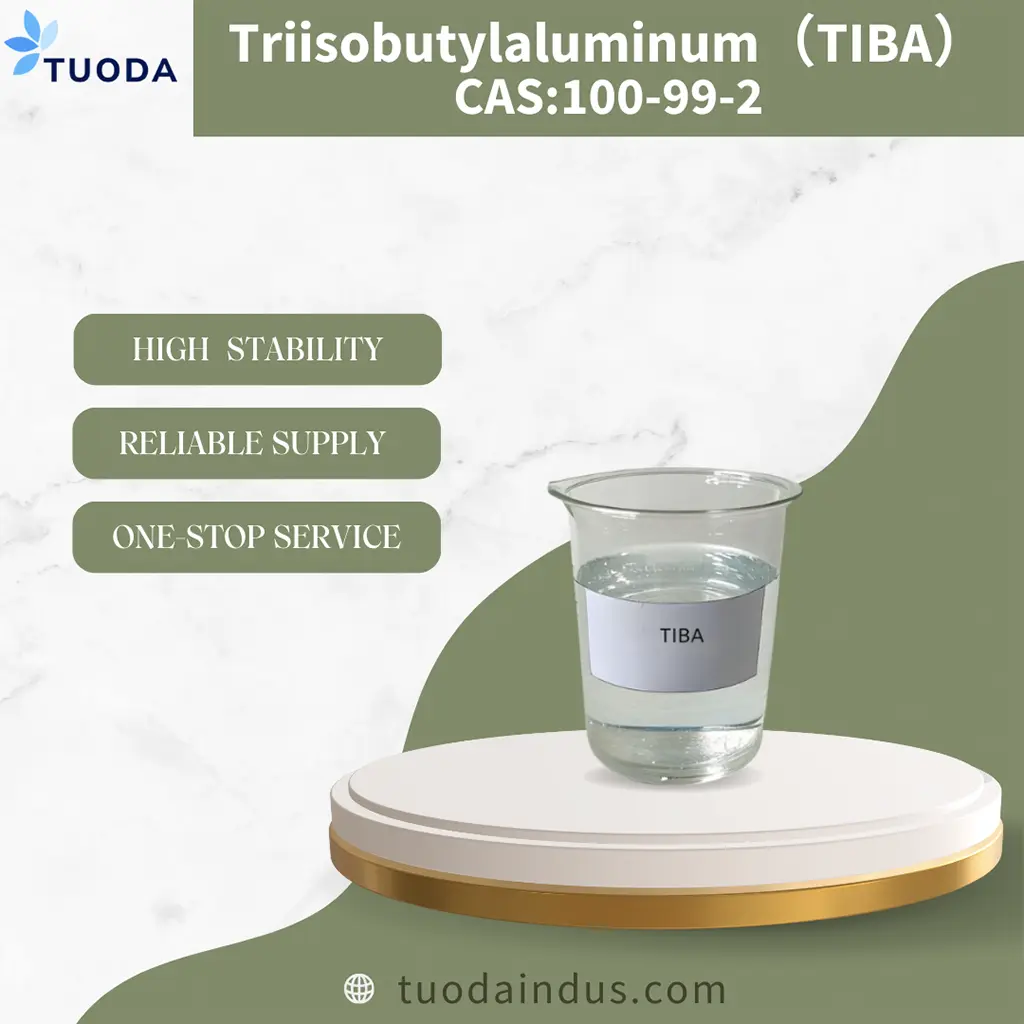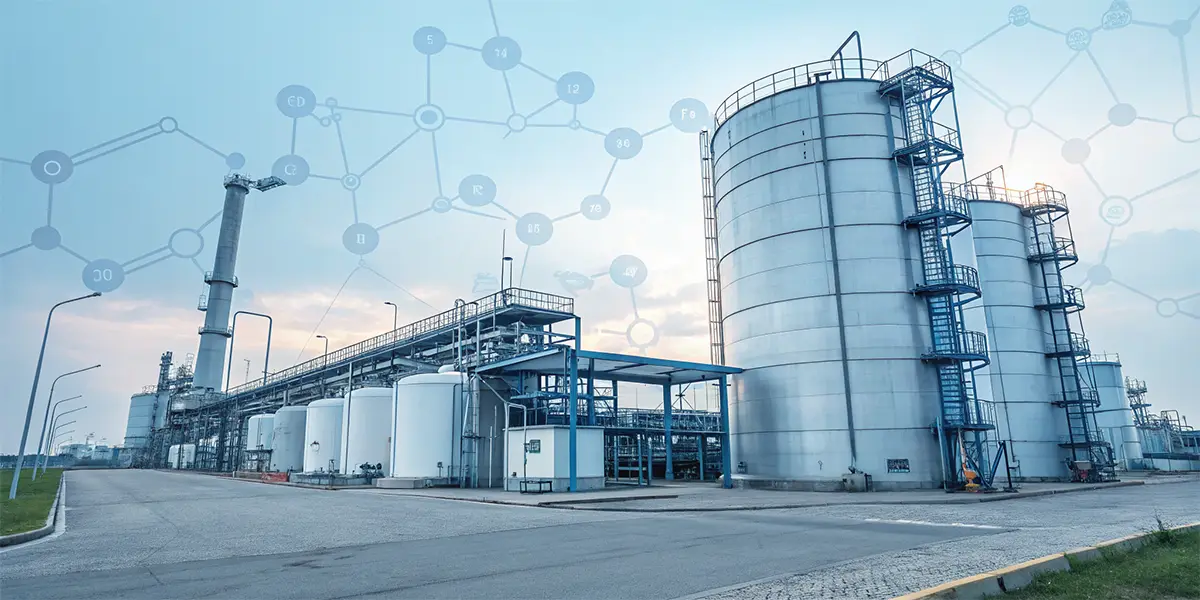
In our industry, selecting the wrong catalyst can lead to inefficiencies, higher costs, and regulatory risks. At TUODA, we've found that Ethylaluminum Dichloride (EADC) significantly enhances catalytic performance and provides the reliability we depend upon.
Ethylaluminum Dichloride (EADC)[^1] [CAS: 563-43-9] is a highly effective organoaluminum catalyst widely used by companies like ours in polymerization, pharmaceutical synthesis, fine chemical production, and semiconductor manufacturing. Its strong catalytic properties give us precise control and improved reaction outcomes.
Together, let’s explore how EADC can optimize our industrial processes, ensuring efficiency, safety, and high-quality results.
Key Chemical and Physical Properties of Ethylaluminum Dichloride
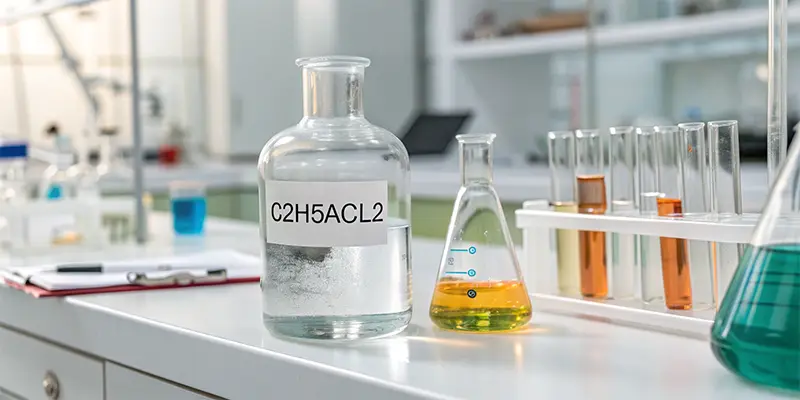
Without clear knowledge of chemical properties, we risk unsafe practices and inefficient use of EADC. By thoroughly understanding these properties, we ensure safer, more effective applications.
Our experience with EADC (C₂H₅AlCl₂) shows it as a highly reactive, colorless liquid sensitive to air and moisture. With a boiling point around 107°C, it’s volatile yet manageable in controlled environments, making it ideal for our selective catalytic processes.
| Property | Specification |
|---|---|
| Chemical Formula | C₂H₅AlCl₂ |
| Appearance | Clear, colorless liquid |
| Reactivity | Highly reactive; moisture-sensitive |
| Boiling Point | ~107°C |
| Solubility | Excellent in hydrocarbons |
Safety Considerations
Given EADC’s reactivity, our teams strictly adhere to safety protocols, storing and handling it under inert conditions.
How Does EADC Improve Our Ziegler-Natta Polymerization in Plastics?
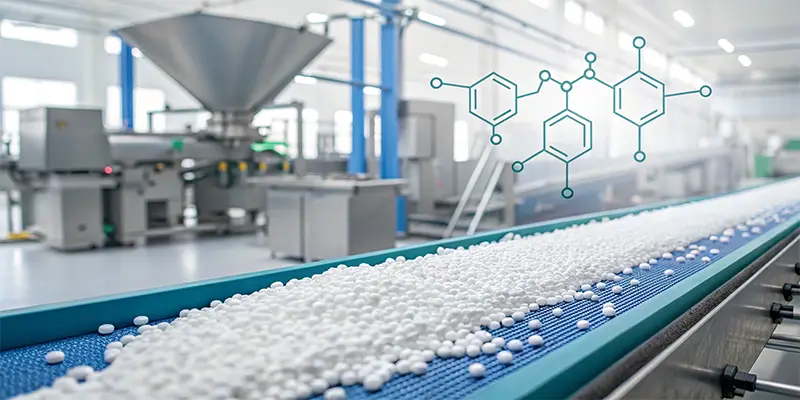
In plastics manufacturing, we’ve faced issues with inconsistent polymer quality due to ineffective catalysts. EADC resolved these challenges by boosting our polymerization efficiency and product consistency.
We rely on EADC as a critical co-catalyst in Ziegler-Natta polymerization[^2]. It works effectively with titanium-based catalysts, significantly improving reaction rates and ensuring uniform, high-quality polymers.
Advantages We've Seen Using EADC
| Advantage | Benefit for Us |
|---|---|
| Increased Activity | Faster and more efficient reactions |
| Consistent Quality | Uniform polymer properties |
| Cost Savings | Reduced production costs |
Role of EADC in Our Pharmaceutical Intermediate Production
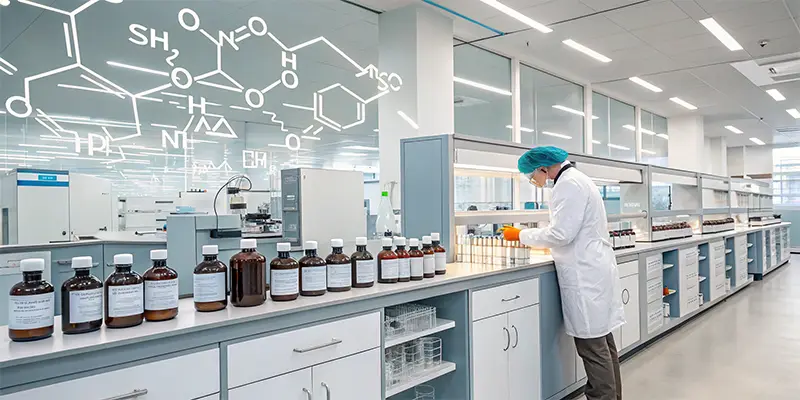
Pharmaceutical production requires precision to avoid impurities and regulatory issues. We use EADC to ensure our intermediates meet strict industry standards for purity and compliance.
With its Lewis acid properties, EADC helps us achieve targeted, impurity-free reactions essential in pharmaceutical intermediate synthesis.
Ensuring Compliance and Purity
Using EADC, we've consistently produced pharmaceutical intermediates meeting international standards such as those from FDA and EMA.
Why Is EADC Critical in Our Fine Chemical Manufacturing?
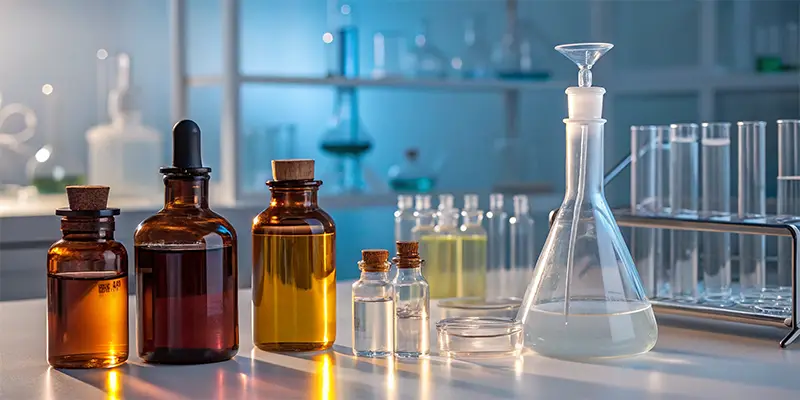
Our fine chemical processes previously encountered quality inconsistencies and contamination. Integrating EADC solved these problems by providing precise catalytic control, enhancing both purity and yield.
We use EADC extensively in manufacturing specialty products like fragrances, adhesives, and coatings, achieving the high purity our customers demand.
Benefits We Achieve with EADC
Thanks to EADC, we've significantly improved product purity, consistency, and overall production efficiency.
Applications of EADC in Our Electronics and Semiconductor Processes
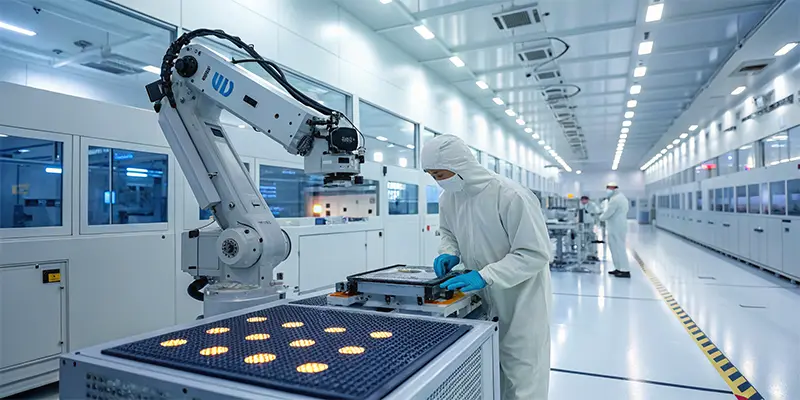
In semiconductor production, purity and consistency are paramount. Prior issues with chemical deposition have caused costly errors. Introducing EADC has substantially improved the reliability and quality of our electronic components.
EADC helps us deposit ultra-pure aluminum films through chemical vapor deposition (CVD), enhancing the performance of advanced electronics we manufacture.
Safe Handling and Storage Practices for Our EADC
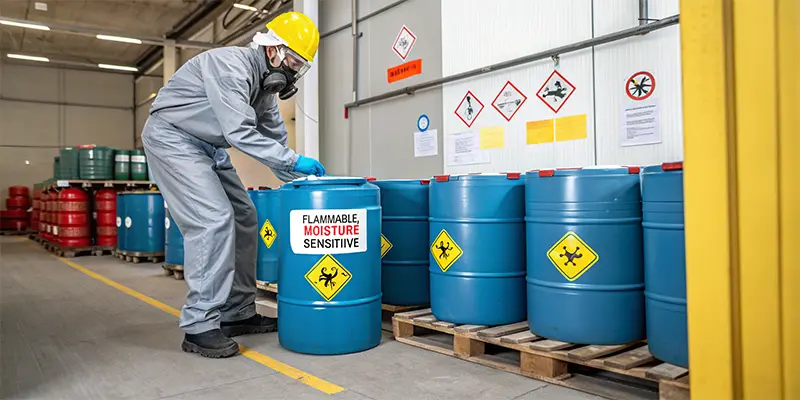
Safety incidents from improper handling of EADC can impact our operations severely. We’ve established clear guidelines to mitigate these risks, protecting our personnel and facilities.
Recommended Practices We Follow
- Storage in inert atmospheres (nitrogen/argon)
- Prevent moisture and oxygen exposure
- Mandatory protective equipment (PPE)
- Regular safety training
- Strict adherence to Safety Data Sheets (SDS)
Global Market Trends for EADC (2025 Outlook)
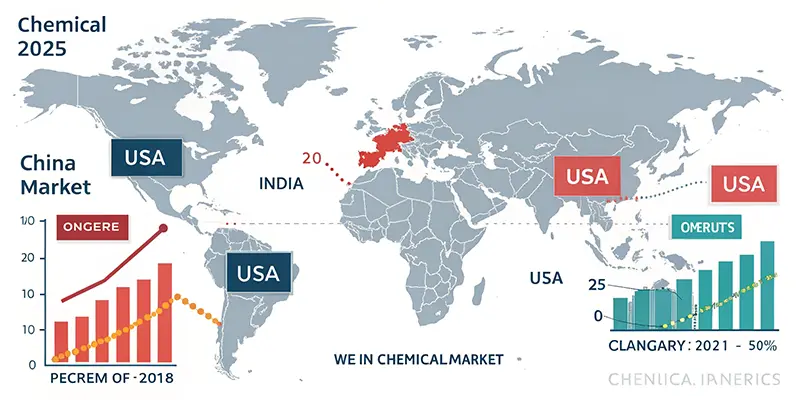
Without understanding market trends, sourcing decisions become challenging. We continuously analyze EADC market trends to make strategic procurement decisions effectively.
We see increasing global demand for EADC driven by growing polymer, pharmaceutical, and semiconductor industries, notably in Asia-Pacific regions, including China and India.
Regional Market Forecast We Track
| Region | Growth Drivers Relevant to Us |
|---|---|
| Asia-Pacific | Strong demand in polymer and electronics |
| Europe | Pharma and specialty chemical expansion |
| North America | Advanced semiconductor growth |
Conclusion
Ethylaluminum Dichloride (EADC) [CAS: 563-43-9] is vital to many of our industrial applications, including polymer manufacturing, pharmaceuticals, fine chemicals, and electronics. With EADC, we ensure precise control, enhanced safety, and consistent quality, meeting the complex demands of our industry effectively.
[^1]: Explore how EADC enhances efficiency and quality in various industrial processes, ensuring optimal results.
[^2]: Learn about the Ziegler-Natta process and its benefits in producing high-quality polymers, crucial for many industries.




